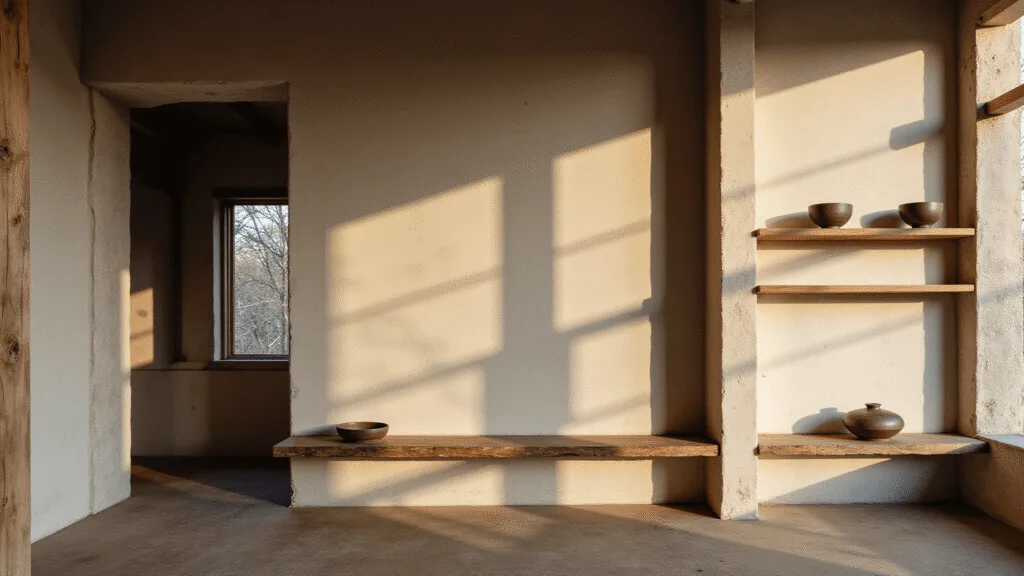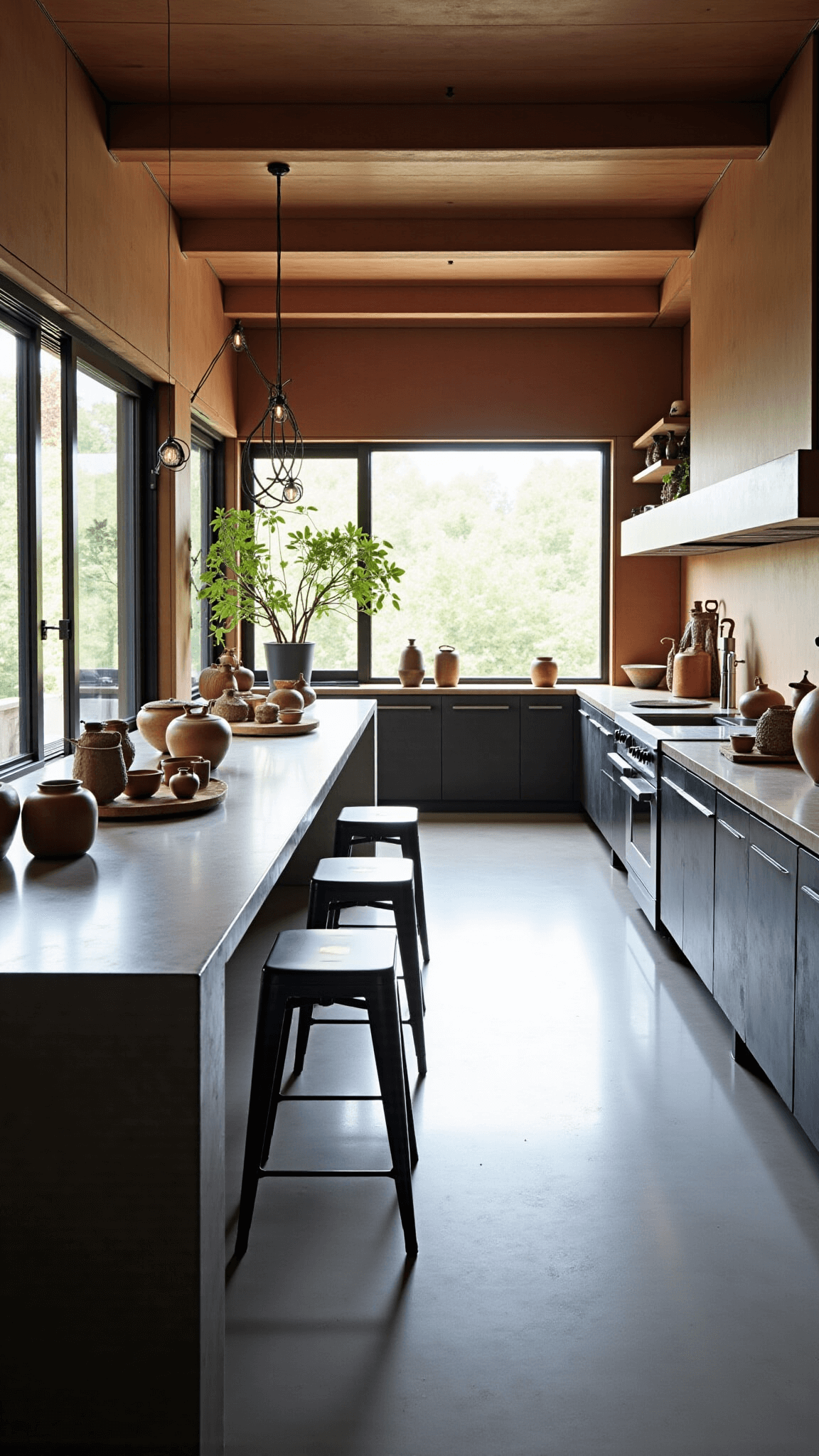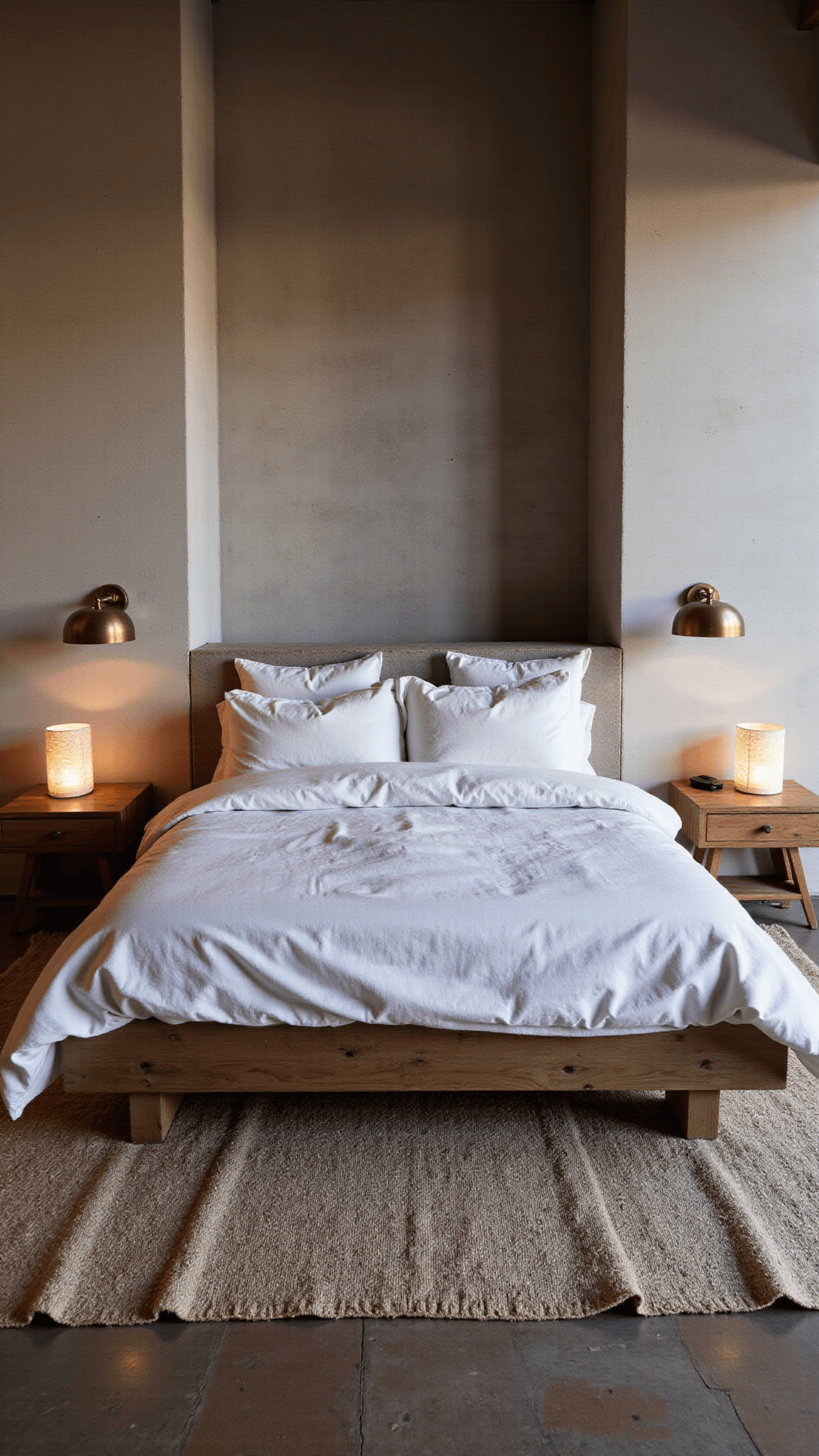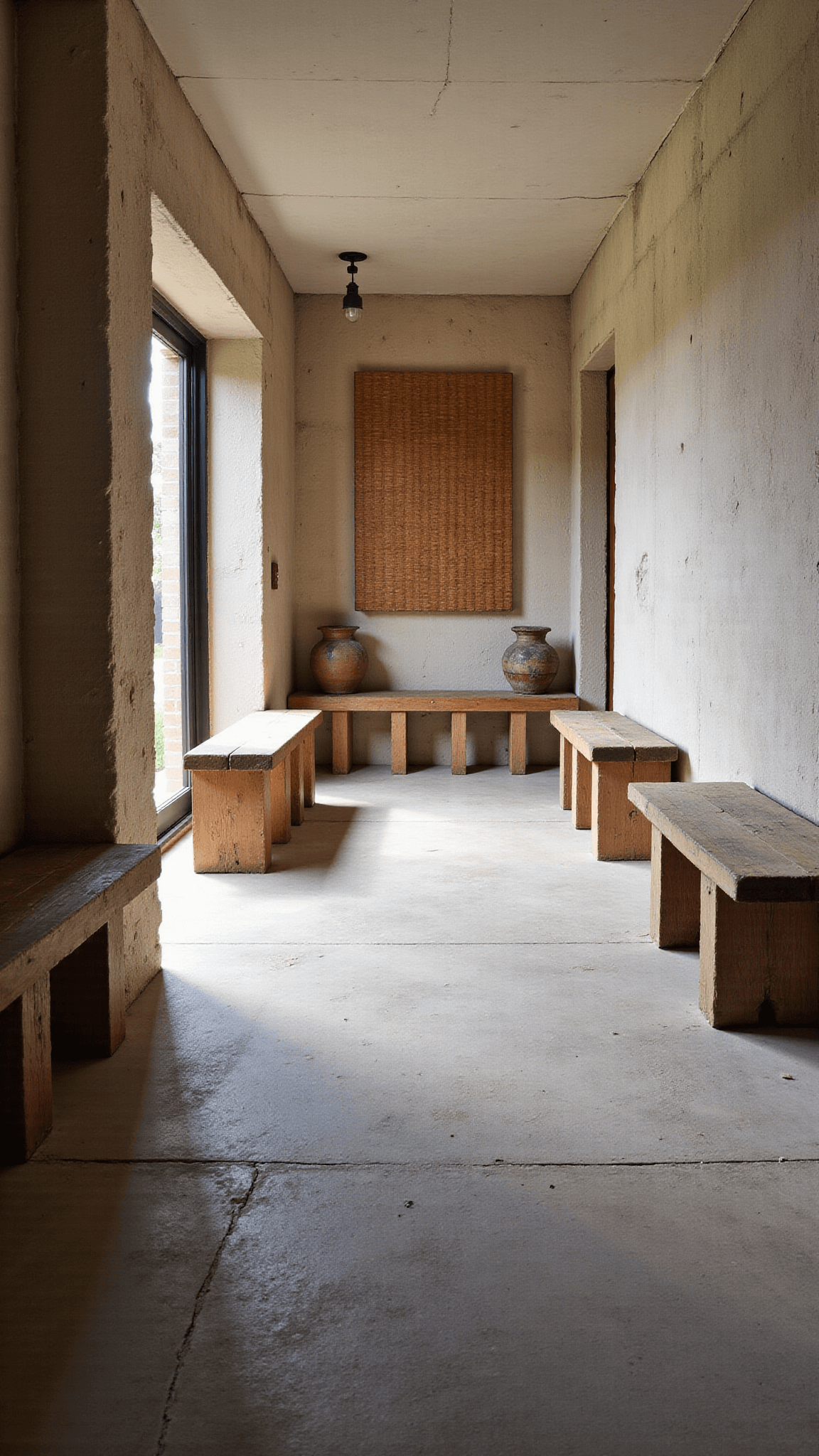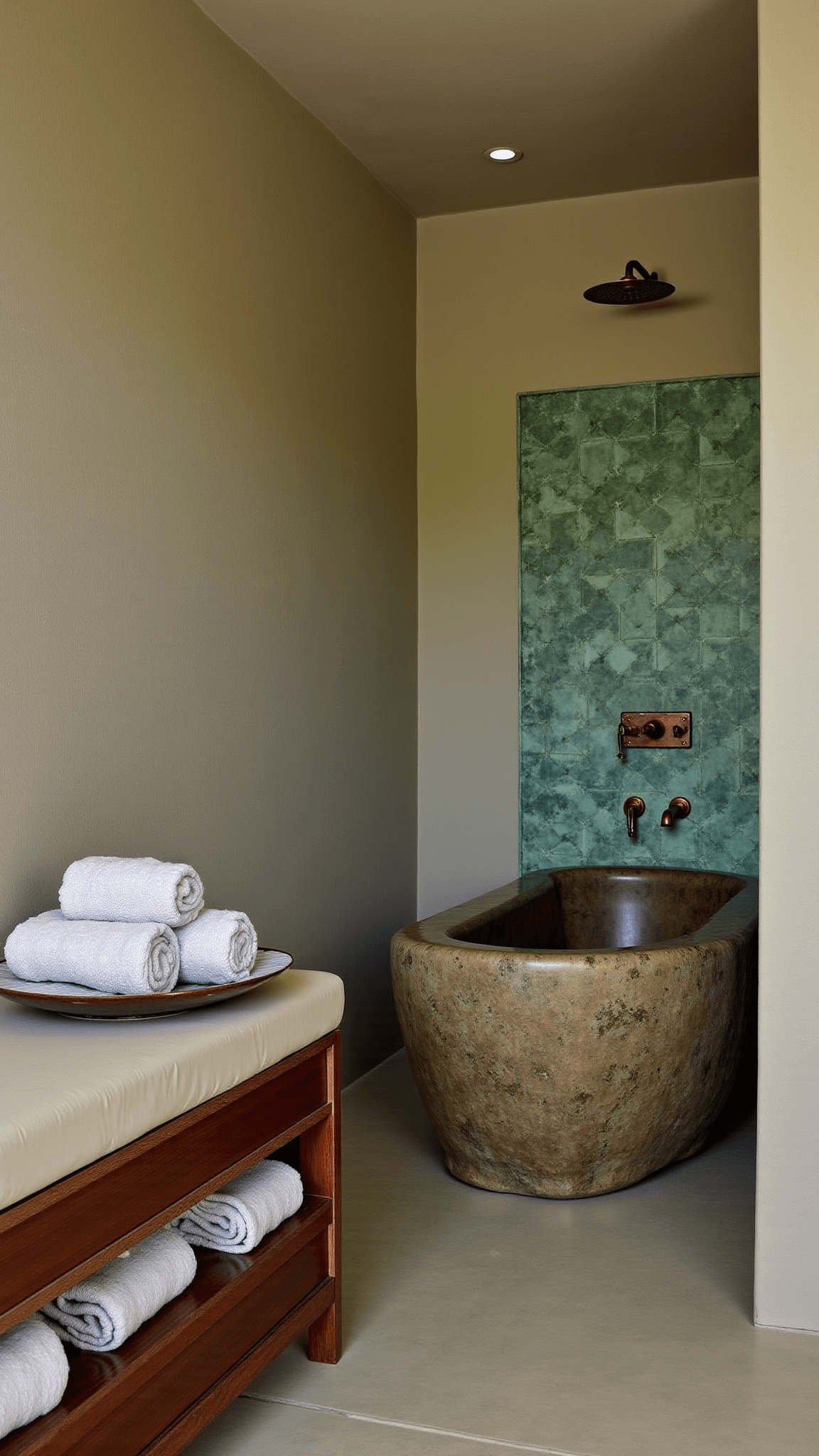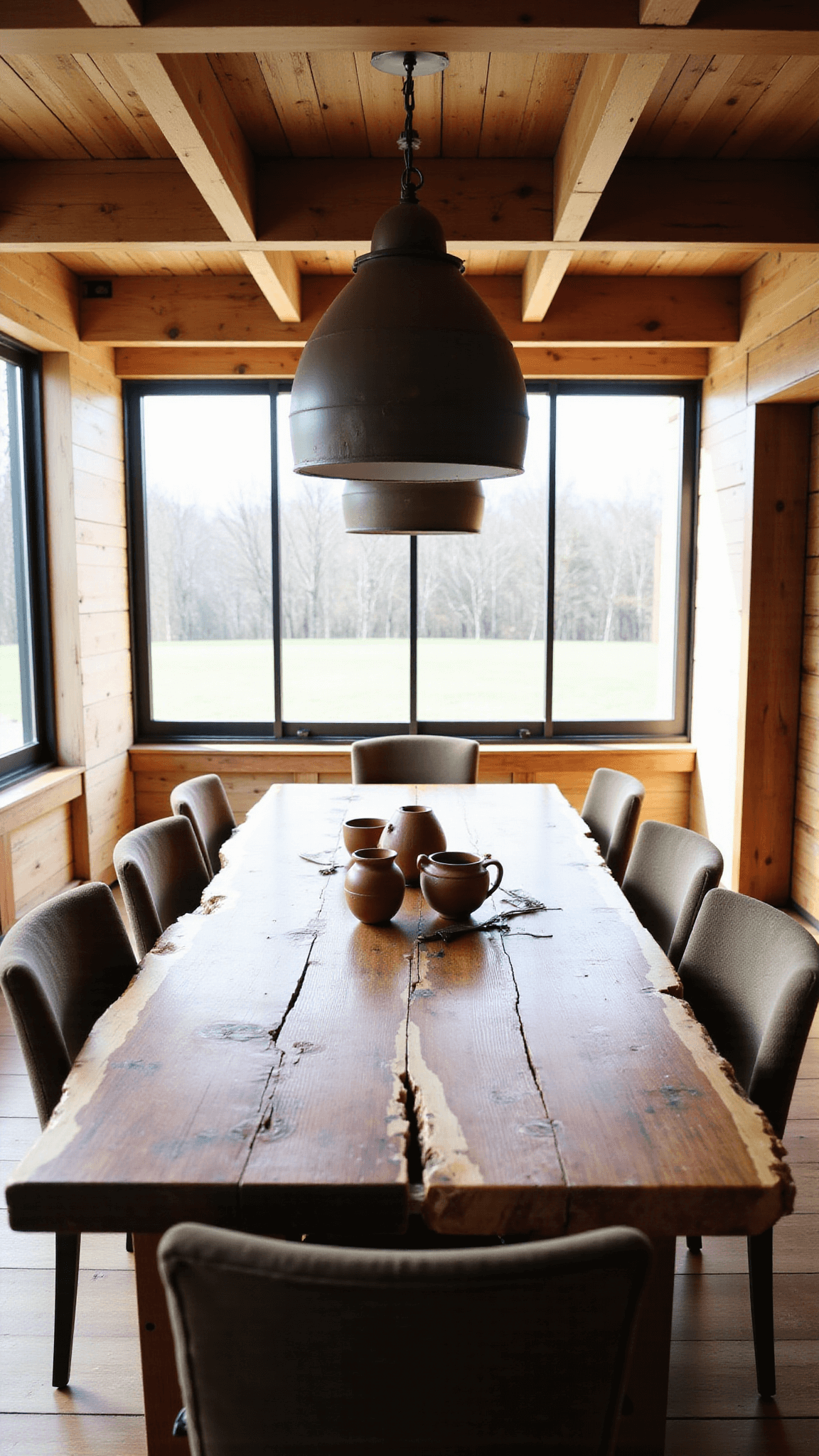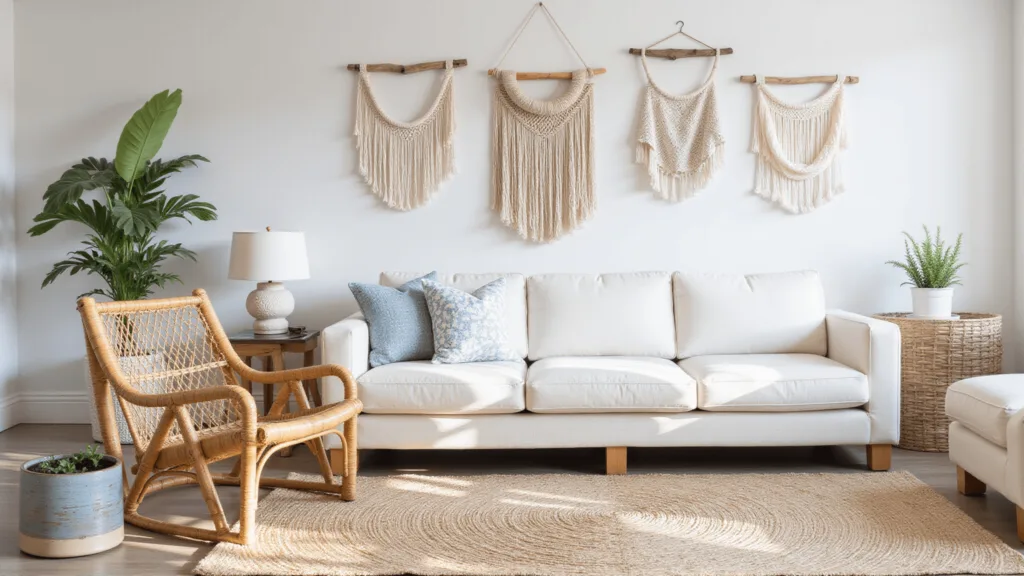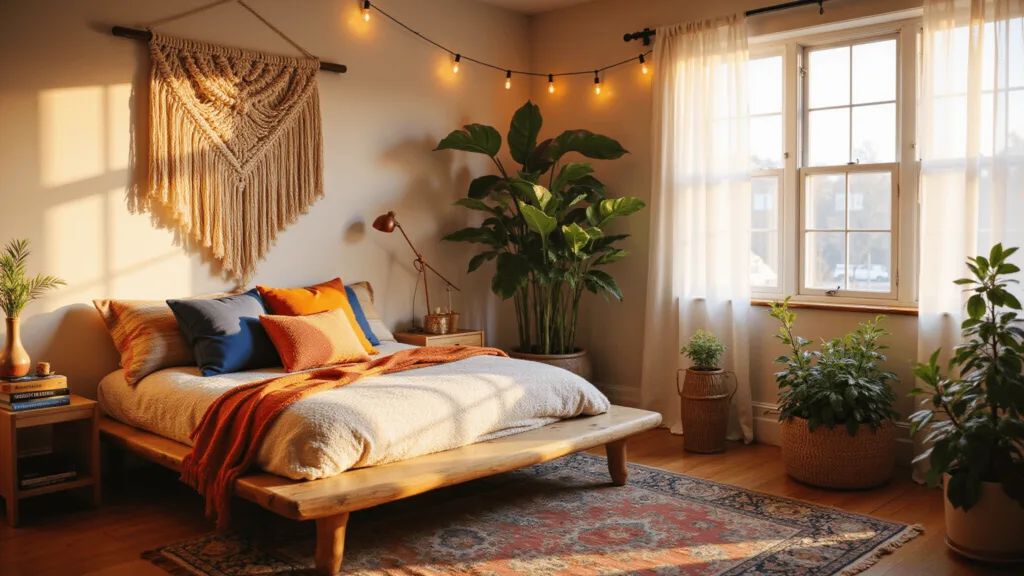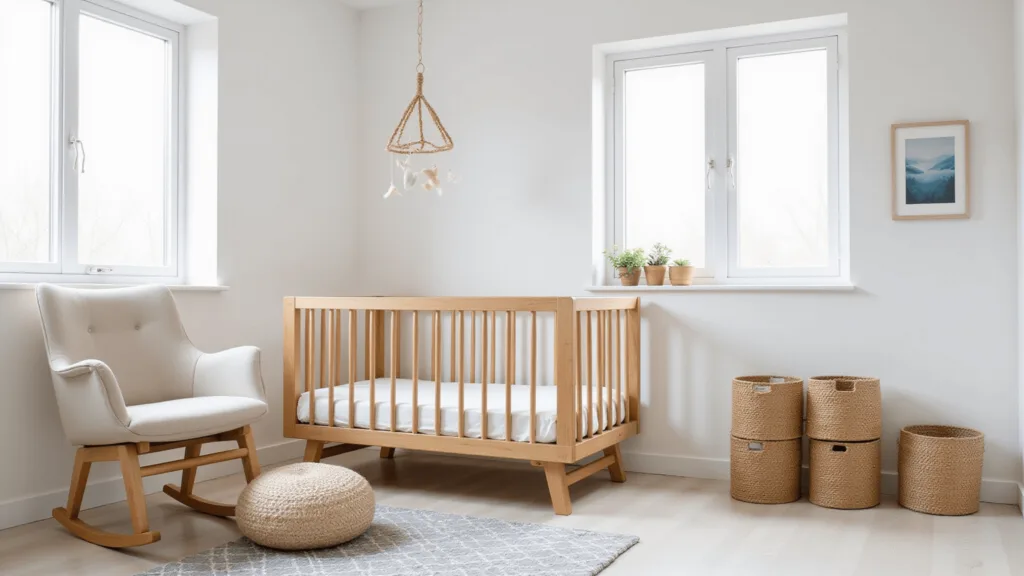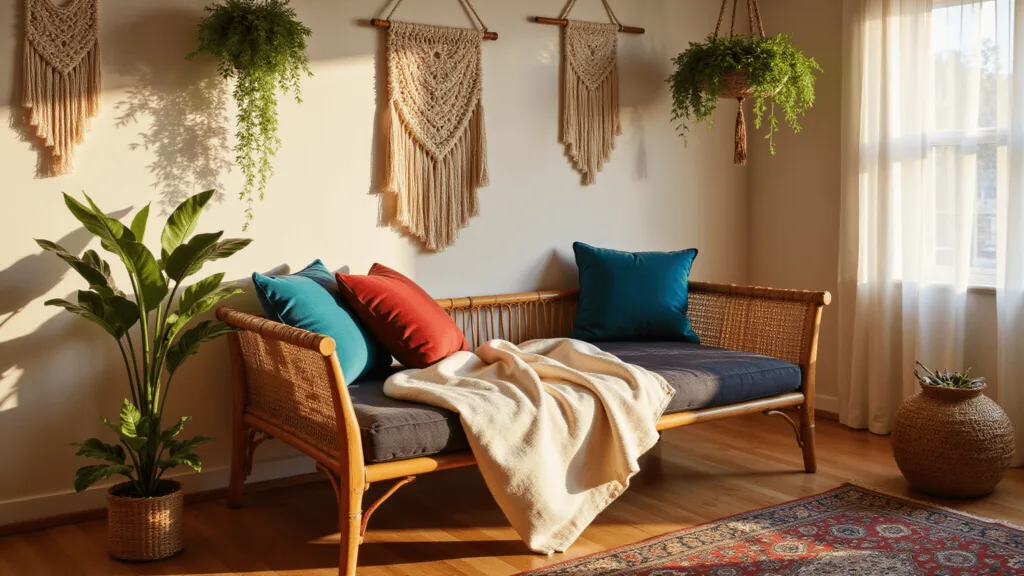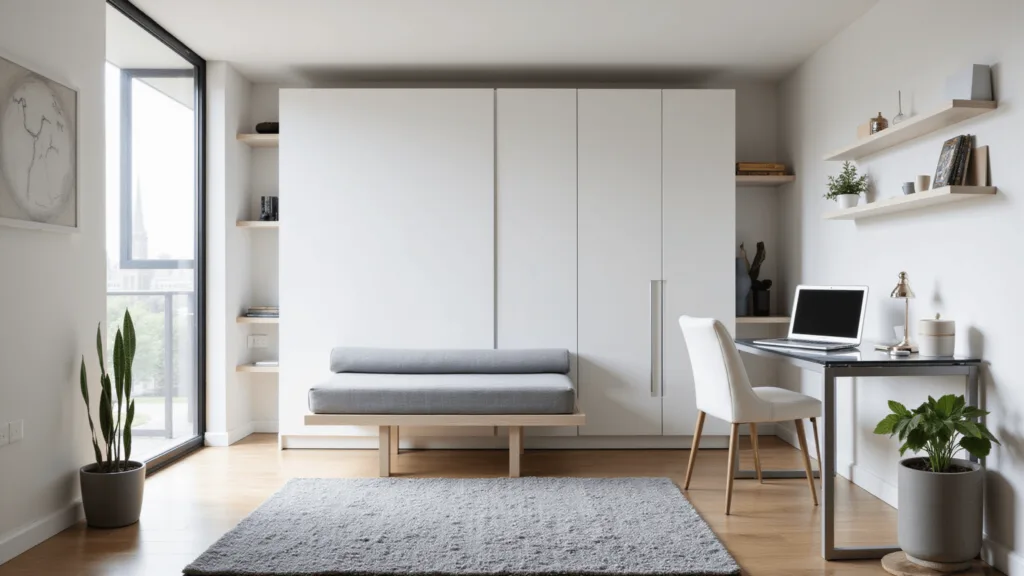Wabi-Sabi Architecture: Embracing the Beauty of Imperfection in Design
Imagine walking into a space that feels alive, breathes history, and celebrates every crack, weathered surface, and asymmetrical line. Welcome to the world of wabi-sabi architecture—where imperfection isn’t a flaw, but the most stunning feature.

What Exactly is Wabi-Sabi Architecture?
Wabi-sabi isn’t just a design trend. It’s a profound Japanese philosophy that transforms how we perceive beauty, space, and time.
Key Definitions:
- Wabi: Beauty in simplicity and natural roughness
- Sabi: Aesthetic of aging and weathering
- Combined Meaning: Finding extraordinary beauty in ordinary, imperfect things
The Core Philosophy: Beyond Perfect Lines
Western design screams perfection. Wabi-sabi whispers authenticity.
Core Principles:
- Embrace natural aging
- Celebrate handmade irregularities
- Find poetry in impermanence
- Connect deeply with natural materials
Architectural Characteristics That Define Wabi-Sabi
Signature Design Elements:
- Unpolished, raw textures
- Natural, weathering materials
- Asymmetrical layouts
- Subdued, earthy color palettes
- Handcrafted details
- Soft, shadowy lighting
Iconic Wabi-Sabi Architectural Masterpieces
1. Ise Grand Shrine, Japan
- Reconstructed every 20 years
- Untreated wood
- Celebrates continuous transformation
2. Water Temple (Honpukuji)
- Designed by Tadao Ando
- Integrates water, stone, concrete
- Plays with light and shadow
3. Bruder Klaus Field Chapel, Germany
- Burnt wooden framework
- Charred exterior
- Meditative interior space
Modern Wabi-Sabi in Contemporary Spaces
How Designers Are Applying Wabi-Sabi Today:
- Using reclaimed materials
- Incorporating handmade furniture
- Selecting unique, imperfect art pieces
- Creating spaces that evolve naturally
Bringing Wabi-Sabi into Your Home
Practical Implementation Tips:
- Choose natural materials
- Welcome vintage, slightly worn items
- Use earthy color palettes
- Incorporate indoor plants
- Allow spaces to tell a story
Why Wabi-Sabi Matters in Our Perfect-Obsessed World
In an era of digital perfection and mass production, wabi-sabi reminds us that:
- Imperfection is beautiful
- Aging adds character
- Authenticity trumps uniformity
- Spaces can breathe and tell stories
Practical Considerations
Wabi-Sabi Isn’t About:
- Deliberate messiness
- Neglecting maintenance
- Avoiding quality
Wabi-Sabi Is About:
- Intentional appreciation
- Honoring natural processes
- Finding beauty in authenticity
Final Thoughts: A Design Philosophy for the Soul
Wabi-sabi isn’t just architecture. It’s a life perspective that teaches us to find beauty in impermanence, to appreciate the journey, and to see perfection in the perfectly imperfect.
Your space can be more than four walls. It can be a living, breathing narrative of time, nature, and human touch.
Ready to embrace imperfection?

